|
As a boy, olives were one of my favorite things. I especially loved black olives. I'd eat them at holidays, but I'd also have them for snacks. I loved black olives in the can mostly, but also loved those little green olives stuffed with little red sweet jewels of pepper. Then there were the special olives we'd get at the Italian deli--the wrinkled looking salty gems. Once in my awkward years of puberty when I had gained a bit too much weight, I fasted for two weeks doing yoga at the beach and eating nothing but black olives. It's no wonder they kept me alive (and allowed me to lose 22 pounds in 2 weeks)... they contain all the basics of life: fat (monounsaturated, the healthy stuff), sugars, protein, many vitamins and all sorts of minerals. Still today, olives are an important part of our pantry... we love them on pizza... of course, the pizza is also drizzled with some Extra Virgin Olive Oil... Growing up in an Italian household, olive oil was King. Mom used it in her "Sunday Gravy", to fry meatballs and chicken, in salads... Dad fried his peppers and brains and liver in it. I can't remember a time when our kitchen pantry didn't have at least a few large, beautifully decorated rectangular cans of imported olive oil sitting inside the bottom cupboard. Olives have a very long domesticated history going back over 6000 years. Humans didn't start to make olive oil until only 2500 years BC... it took about 1500 years for Man to figure out that pressing olives produced the nectar of the Gods--Olive Oil. The olive tree first was cultivated in the Middle East. From Greece it went to Spain in the 4th Century B.C. It was introduced to France around 650 B.C. and finally found its way to Italy around 550 B.C. During the Renaissance, Italy became the largest producer of olive oil in the world, renowned for its rich and flavorful oils that graced the tables of nobles and royalty throughout Europe. In this same period, olive trees were brought to the new world, where the trees flourished in the California mild weather--a climate very similar to that of the Mediterranean. Early in history, olive oil was used for much more than cooking: lamp fuel, lubricant, to keep the body warm, perfumes, pharmaceutical ointments, anointing royalty and warriors, as a cleansing agent for the body and as a medium for long term food storage. Modern Palmolive soap was originally made from olive oil... it's even in the name! PalmOLIVE. Cooking with olive oil began in the 5th century BC as talked about by Plato. Plato even taught his students under the canopy of an olive tree. The Roman historian Pliny wrote, "Except the vine, there is no plant which bears a fruit of as great importance as the olive." The Greek philosopher Democritus believed a diet of honey and olive oil would allow a man to live 100 years. Currently, the second oldest person in the world is Italian. (Click here to read about her) Perhaps there is some truth in that after all. 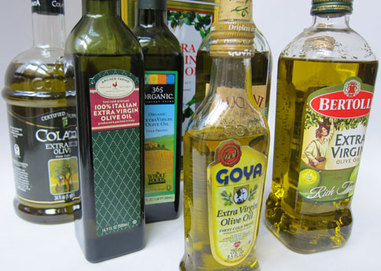 Is What We Buy Fake Extra Virgin? If the recent 60 Minutes report entitled Agromafia is to be believed, the Mafia in Italy is taking cheap North African olive oil, sunflower or canola oil and modifying the oils to fake the taste of genuine Extra Virgin Olive oil. Some estimates say that up to 80% of all extra virgin olive oil sold in the US could fail to meet the standards of Extra Virgin olive oil. Italy has actually started investigations into seven of the country's largest olive oil producers for cutting their expensive exports with lesser oils. There's lot's of money to be made by faking the real stuff... The best can sell for $50 per gallon, but a fake costs just seven dollars to make. The profits can be three times the profits made by dealing cocaine. More than 60 police officers make up a Task--or should I say--Taste Force to find, taste and stop the export of bogus oils. Independent tests at the University of California found that 69% of all store-bought extra virgin olive oils in the US are probably fake. The following brands have been suspected of either trying to deceive consumers with deceptive wording on their packaging, or outright using lesser quality oils or blends and marketing them as Extra Virgin olive oil--shop carefully!
The report form the University of California Davis Olive Center (College of Agricultural and Environmental Sciences) referenced an earlier report from April 2011 titled, "Evaluation of Extra-Virgin Olive Oil Sold in California." This document provided the basis for the claim that 69% of store-bought olive oil is either fake or not made from olives. The Olive Center's testing took place between 2008 and 2010 and examined whether oils labeled as "extra virgin" actually met the strict criteria required for that designation: "While there are many excellent imported and domestic extra virgin olive oils available in California, our findings indicate that the quality level of the largest imported brand names is inconsistent at best, and that most of the top selling olive oils we examined regularly failed to meet international standards for extra virgin olive oil." "Extra virgin" is the top grade of olive oil according to standards established by the International Olive Council (IOC) and the United States Department of Agriculture (USDA). In addition to establishing chemistry standards for extra virgin olive oil, the IOC and USDA have established a sensory standard — the oil must have zero defects and greater than zero fruitiness." While the tests in 2008 and 2010 revealed that many olive oils did not meet the criteria set by regulatory agencies for the "extra virgin" label, the testing did not determine that the oils were "fake" or not made from olives. The tested samples did not always meet the stringent extra-virgin standards for taste, aroma, and color, and the flavor profiles of some olive oils were likely overstated, but the samples were not oils produced from another source masquerading as olive oil, nor did the study raise concerns about purity, adulteration, safety, or substitution of various brands of olive oils. Click HERE for the full report. 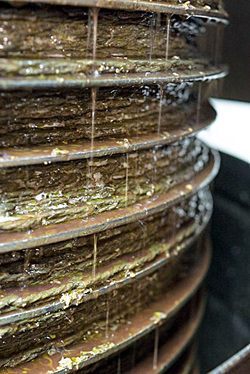 Olives pressed between mats release their oil Olives pressed between mats release their oil And Now for the Real Deal... How to tell if it's really Extra Virgin? To start off, let's make one thing perfectly clear--light or extra light olive oil is just that--clear and light in color. It doesn't refer to calories. It refers to lack of color--and flavor. Extra virgin oil should be a strong color and flavor, and often has an opaque appearance. (See "cloudy olive oil" later in this article). This is because to be labeled Extra Virgin, an oil needs to be from the very first pressing. There are a lot of particulates that are in the first pressing that impart loads of flavor into the oil. Even when filtered, the micro-particles remain in Extra Virgin imparting more flavor. This first pressing is also commonly known as a "cold" pressing. For Extra Virgin oil, you want the label to say "First Cold Pressed" to distinguish from oils (often sneakily labeled extra virgin) that are a heated pressing, where the mats are heated to pull more oil out of them. In fact, most later pressings are done using a heated pressing procedure. You have to be careful, though, because many larger producers add things to color and enhance the flavor of lesser quality oil. Here's the bottom line:
Is Cloudy Olive Oil Good Oil? My rule of thumb about a cloudy Extra Virgin oil... the more stuff in the liquid, the more flavor. I want to explain first, that an olive oil can turn cloudy if stored in a cold place, but it will return to a normal state when put into a proper storage environment. This is not the type of "cloudy olive oil" we are about to discuss... In fact, "cloudy olive oil" as many call it, is becoming popular with both chefs and foodies. You see, this type of oil (usually first pressed, extra virgin) is unfiltered oil, and as such, it contains more of the real stuff directly coming from the olives themselves during the pressing. It's the initial cloudy oil produced immediately after crushing or pressing. Normally this oil is either filtered immediately (removing flavor and what many think of as authentic qualities), or stored in tanks to settle for a period of weeks or months (is this really fresh oil?) to allow sediments to be separated from the oil. Unfiltered olive contains plant material in suspension along with micro-drops of vegetative and non-vegetative liquids forming a water-oil emulsion. As with other professional "studies", the studies of the effects of filtration on olive oil durability is controversial, with different studies coming to different conclusions. Still, some studies have found that unfiltered olive oil contains many chemical compounds that are healthier for us. It seems to be common sense that if you over-filter olives, you'll be removing some of what Nature put in their to benefit us. I can tell you from my own experience, the first time you taste an Extra Virgin olive oil that has some cloudiness to it, you'll more than likely be amazed at the different taste. It's more fruity, less oily, can have herbal qualities and is something you never want to cook with, but instead want to top off bread, cheese, pasta and pizzas with it. I just thought to mention here, that in Italy, no one puts olive oil in little plate the way Olive Garden (ugh) does... In Italy, the good oil goes on top of food. So, drizzle on your bread, don't dunk. What is the Difference Between All Those Names? The "pressed" method means that no heat or chemical additives were used to extract the oil from the olives, which can alter and destroy the flavor and aroma of the oil and that a centrifuge was not used. This does not mean that the oil was pressed in an antique wooden press--most pressed oils are done using modern presses. Without adding heat to the processing, the olive oil also retains its full nutritional value. "Virgin" (without the word "Extra") olive oil has a slightly higher acidic level and does not meet the same requirements as "Extra Virgin" does. Regular, or plainly labeled "olive oil" is a blend of slightly defective or low quality olives with much less flavor and color in the final oil produced. "Light" olive oil has gone through even more processing techniques and contains little or no color or flavor. Once again, "Light" does not mean less calories. Oil is fat. Fat is high in calories. Period. You also have to understand the basic culinary difference in the use of Extra Virgin versus other lesser grade olive oils. Extra Virgin oil is not used for cooking. It is used fresh... in salads, drizzled over pizza or steaks and pasta. You can drizzle it over crusty, toasted bread or cheese. Chefs use it to finish off a plate... to finish a soup or a stew. Extra Virgin olive oil has a very low smoke point... 320F as opposed to 420 degrees for a lesser graded olive oil. Basically, Extra Virgin burns too easily for cooking in. Cooking Tip: If you are used to frying in olive oil, don't waste you're best Extra Virgin olive oil, but buy a higher quality "olive oil" grade to fry with... and to lower the smoke temperature, use half olive oil and half canola oil (a colorless, flavorless oil). You will have more success frying when using this olive/canola mix. How Do I Find the Best Extra Virgin Oil? To make sure you're really getting a high quality Extra Virgin oil, look at the labeling carefully. Check to see if it lists the region in Italy, not just that it was imported from Italy. Producers of high quality olive oil are proud of their regions and will definitely say where their oil originated. You should also see the harvest date somewhere... or in the least, an expiration date, but keep in mind, the oil might have been harvested a year before the expiration date. The next thing to look for is the type of olive the oil was made from. You want to see one cultivar of olive named... cheaper oils use a blend from many types--usually of lower quality--so they won't list all the cultivars used in the blend. You have to picture all the local olive growers bringing their olives to a regional production facility where their olives are graded and mixed with those of other growers. "Extra Virgin" from this type of operation will not be of high quality. If you look at the label on the supermarket brands you'll notice that most will saw "imported from Italy", but then list a bunch of letter codes for the countries the oil or olives came from. For instance, one Colavita Extra Virgin that I have in my pantry lists Italy, Greece and Spain as the countries where the oil came from, even though it says imported from Italy. And even though it lists "Extra Virgin Olive Oil" as the only ingredient, I can guarantee that this was not from a "first cold pressing"... the oil is clear and fairly flavorless. You have no idea if your "Imported from Italy" oil was grown and produced there, grown and bottled in another country but shipped from Italy, was grown in another country with the oil produced in Italy, or merely just shipped from there. Remember, Italy is part of the Euro zone, and as such, it's like saying a product was made or grown in one state in the U.S. while packaged and exported from another. Another gallon bottle I have labeled plain "olive oil" is even more clear with a brighter color, is almost flavorless, comes from 5 different countries, and lists "a blend of olive oils and extra virgin oil" as the ingredients. Note that "extra virgin" is listed last which means that it's the lesser ingredient--perhaps a little bit in large production runs to help add a hint of flavor and add validity by including a bit of Extra Virgin. 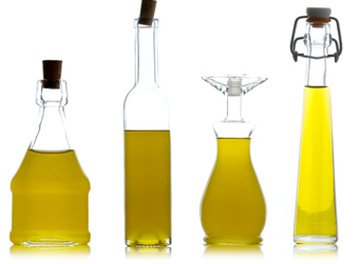 Now, about color... Does the color of the oil matter? Yes and no. Olives harvested earlier in the season produce a greener oil because there is more chlorophyll in the fresher fruits. Olives harvested later will produce a more golden oil. Different cultivars of olives also can change the color of an oil. By the way, the dark colored green bottles do serve a somewhat good purpose too. They help prevent light exposure to the oil which can make it oxidize (and spoil) faster. It's a two edged sword... it tends to hide the true color of the olive oil inside the bottle from the consumer, but can make the oil last a bit longer in storage. (Still, most olive oils when stored properly last up to a year anyway). Beware though, that some unscrupulous makers will put leaves into the olive mash to release chlorophyll which helps color the lesser quality oils. 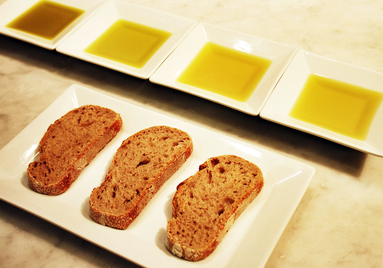 What About the Flavor? Flavors of olive oil are all over the place. They differ because of cultivar of olive, where they ares grown, how they're processed, the methods used in storing the oil before it comes to your table... and of course, personal and cultural preferences. For instance, some cultures prefer a slightly musty flavor--something that most Westerners think is distasteful. It also depends on the variety of cultivar grown and the time of the harvest. Some olives are big, while others are small. Some have higher acidic flavors than others do. Tasting olives right from the trees in Puglia, we can tell you that they can be very acidic! Weather also plays a big part in the harvest time. And keep in mind, even the same tree can have many different colors of olives in varied degrees of ripeness... we saw this ourselves in Italy. Depending on the time the grower decides to collect the olives really affects the flavor of the resulting oil. It's best to think of olive oil--especially Extra Virgin--as a spice added to food to enhance the flavor. Olive oil types can be paired to foods, just the way wine is paired. For cooking, the lesser oils are better anyway due to their higher smoke point... I'd just recommend staying away from "extra light" because they might have remaining of true olive flavor. For Extra Virgin, read the labels and buy small bottles to experiment with. Find out what you like on various foods... pasta or salads versus fish or beef. A more delicate oil might go best on a white fleshed fish or salad... you might even like flavored oils for this... citrus, for example. I personally like more fruity flavors in my Extra Virgin for use on bruschetta or pizza. The three flavor ranges of olive oil can be described as: delicate, medium, and robust. Fruity flavors tend to be more robust. This is not something that can be labeled, however. The flavor of olive oil can change from harvest to harvest in the same way a variety of wine can change from vintage to vintage. The best thing to do is start buying Extra Virgin oils--the best you can afford--tasting and deciding for yourself. Here's a guide listing the cultivars of olives and the flavor profile category:
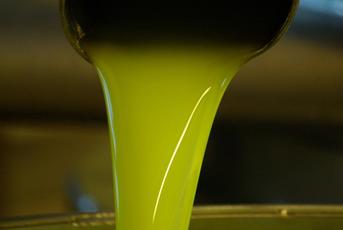 The First Pressing is nearly iridescent The First Pressing is nearly iridescent Is "First Pressed" Really a Good Thing? Ok, now this is really going to confuse you. Earlier I talked about how a "first pressed" Extra Virgin is best. But there are those that debate whether this is really good for the overall health and longevity of the oil. The words “cold pressed”, “first press” or “first cold press” sound great, and are a sign that the olive oil in the bottle is indeed Extra Virgin oil. The words paint a picture of the old world method of using a rustic wooden press, with olives between woven mats being lovingly squeezed until the luscious, iridescent green or gold oil flowed out the bottom. Families all over Italy have been making oil this way for thousands of years. Up until about 50-60 years ago, most olive oil was in fact made by using vertical wooden presses with the olive paste spread on many layers of mats and pressed to make “first cold press” olive oil. This was the best Extra Virgin oil. After this, hot water or steam was introduced to the remaining olive paste and and the stack was compressed again to remove even more oil. This is the second pressing which produces a less flavorful--and some claim--a less healthy olive oil. Nowadays, most olive oil is produced not in vertical presses, but in large centrifuges that spin at very fast rates of speed to get the oil out of the paste. It's similar to how beekeepers spin their honeycomb racks in a centrifuge to release the honey from the cells. Some claim (probably the mass producers) that oil from presses are less quality than when made in modern centrifuges in large factories. One reason they point to is that the mats are difficult to clean and can create off-flavors as the mats age. However, there are many high quality producers that still use the mat-press method and maintain meticulous standards of cleanliness in their smaller fattoria (a small farm "factory"). They also claim that vertical presses are open to the air and thus allow faster oxidation, creating an oil with less antioxidant content than in oils made with centrifuges--the oil is not as healthy and the shelf life is shorter. Understandably, the larger producers of supermarket olive oils insist that words “first press” on a label should be seen as a reason not to buy that particular oil. In both cases, neither process--press or centrifuge--tends to use any chemicals or solvents to extract oil from the olives. Here are some additional tidbits:
The Final Word on Olive Oil...
The more I researched this subject, the more it sounded like lots of trade war organizations' hype and return fire between worldwide olive oil producers, California producers and smaller artisanal olive oil producers from Italy. In fact, if you look at vintage cans of olive oils from 50 to 100 years ago, you will see imported olive oils listing blends of all varied types of oils. So, I believe they've always been selling blended, mixed oils as "olive oil"... it's just nowadays, the marketing and labeling is less truthful... trying to trick the consumer into believing the descriptive wording on the labels mean the oil contained is higher quality than it actually is. The sad thing is, the prices are very high even for lesser quality oils. Hopefully, the research I've done will help you be a smarter consumer and select the right olive oil for your particular use. Don't fret too much... just be smart, shop around and buy at the best price. The highest quality Extra Virgin oils will cost more--that's a given here. If you find great tasting oil, buy it again. And I'll be honest, I've also read that olive oils from Spain and California are beating Italian olive oils in taste tests. I'm going to open my mind to the possibility that Italian olive oil isn't the only type of oil I'd allow in my own pantry. I'll let you know when I try some... --Jerry Finzi If you enjoyed this article, please SHARE it and LIKE it on your favorite social media site. Ciao! We also have pages on: Google+ StumbleUpon
2 Comments
Kathy
6/30/2018 01:52:36 pm
All this info on oliveoil but it doesn't recommend any brands.
Reply
Jerry Finzi
6/30/2018 06:47:53 pm
Recommending brands of olive oil is not what this article was about. It was to guide you in selecting quality, authentic, legitimate and the freshest olive oil that you can find. Most Italian specialty shops offer very good olive oils, but Californian, Greek and Spanish EVOs are also a good place to look for quality. Also, in my article I explained how the "perfect" olive oil is a matter of personal taste. Some like more acidic oils (I don't) while others like sweeter or nuttier oils. As for brands, it almost doesn't matter... most brands have a wide variety of olive oils in various grades.
Reply
Your comment will be posted after it is approved.
Leave a Reply. |
Categories
All
Archive
June 2024
|


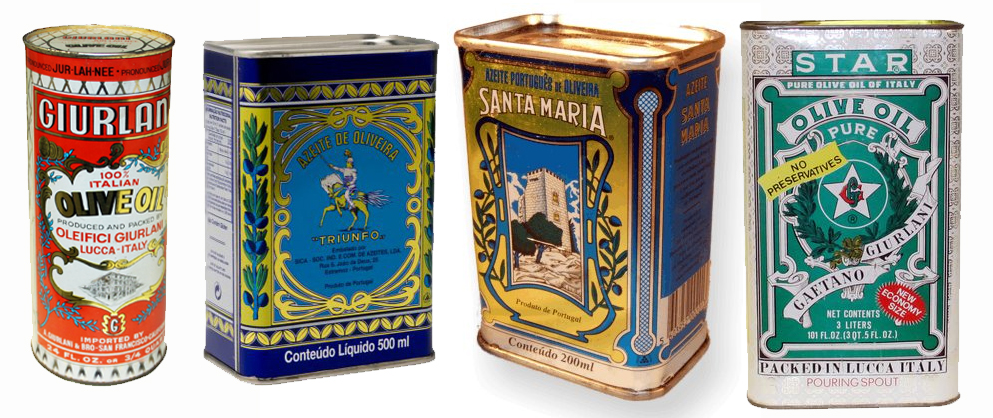
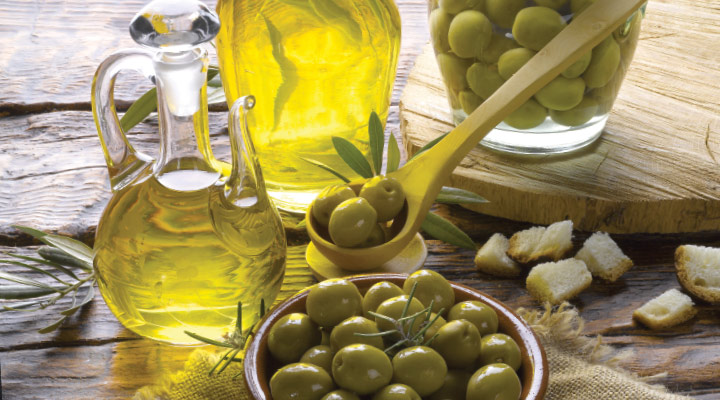
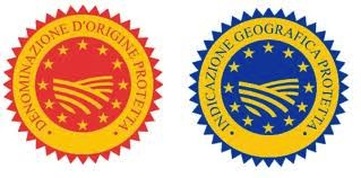
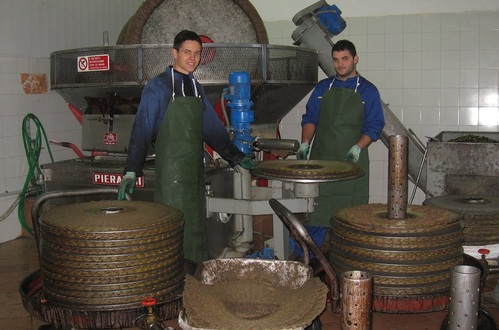
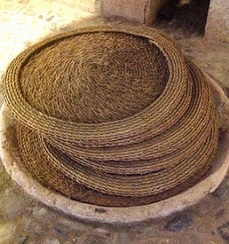
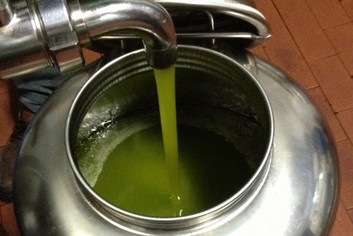
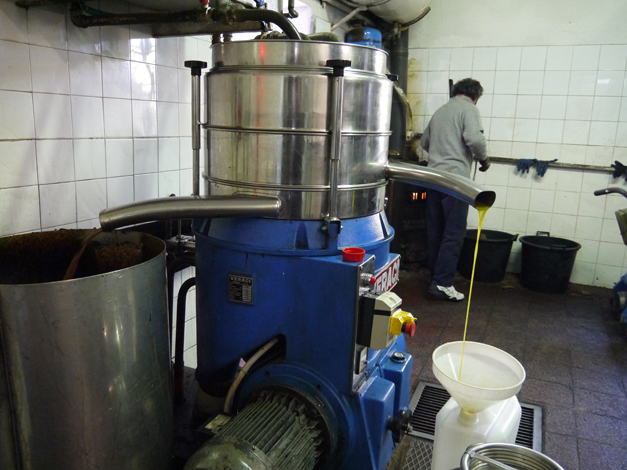
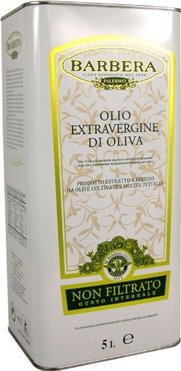

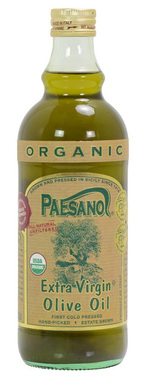
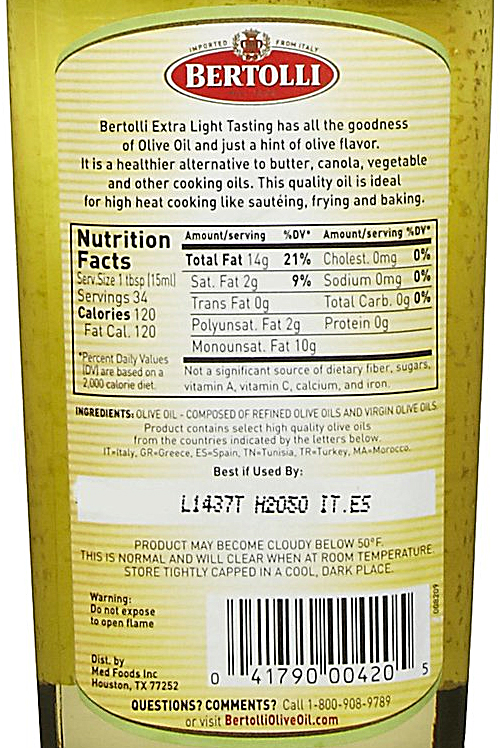
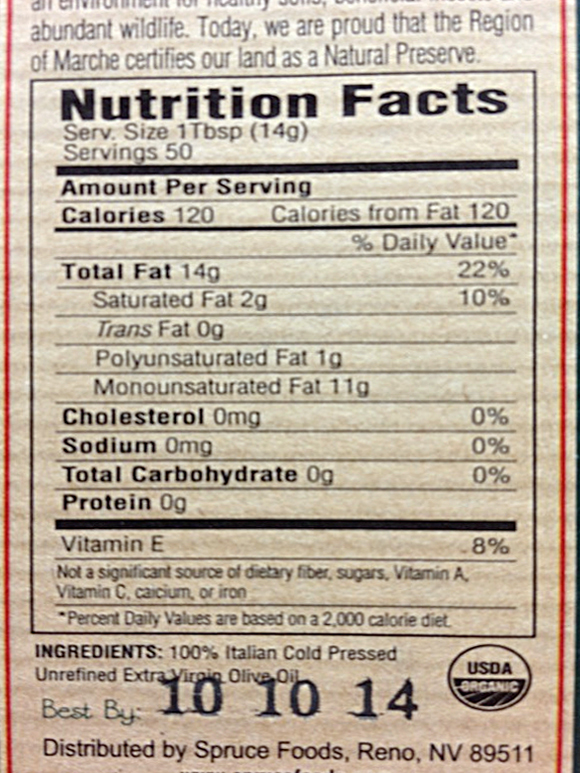
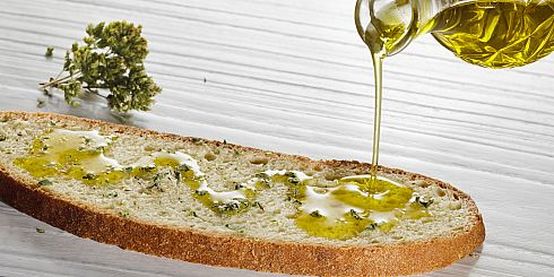
 RSS Feed
RSS Feed
